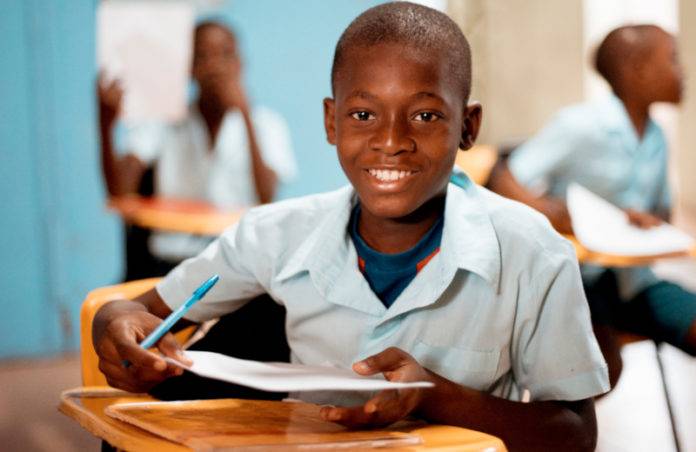There is a persistent issue when it comes to the lack of education and how it contributes to the cycle of poverty, especially in underdeveloped areas of the world.
According to UNESCO, more than 617-million children worldwide are lacking knowledge in basic subjects. The situation is alarming in Sub-Saharan Africa where out of 100 children, 84 and 88 are not achieving the minimum proficiency levels in mathematics and reading, respectively.
Many have set out to break these education barriers — Bridge International Academy shares the same goal, and is well on its way to materialise it into reality.
How Bridge Began
The institution was launched in 2009 by former financial analyst Shannon May and her husband Jay Kimmelman. May told Wired Magazine that she believes in utilising design thinking that is driven by data from the classroom.
This is encapsulated in Bridge’s “school-in-a-box” technology, wherein teachers are trained to deliver scripted lessons from a tablet. Schools only require one manager, who is in charge of running back-office operations through a smartphone application.
Bridge has attracted funding from an impressive array of investors including Mark Zuckerberg, Bill Gates, and the Omidyar Network.
Bridge International Academies’ Impact
Since it was founded, Bridge International Academies’ programmes have been expanding to various locations in Africa and Asia. Projects have been operational in the Nigerian states of Lagos, Osun, and Borno, as well as Liberia, Uganda, and its home ground in Kenya. It is now known to be one of the fastest-growing chains of low-fee schools in the world, having educated more than 500,000 children.
In 2019, Bridge struck its fourth arrangement in Nigeria in support of government initiatives involving teaching training and tech advancements.
The academy served as a technical partner to Edo state as it launched EdoBEST, or the Edo Basic Education Sector Transformation. The program aims to reach more than 300,000 students and at least 1,500 schools over the course of the next four years. Through its programmes, the government counts on Bridge to leverage technology in the classrooms.
Just this year, a batch of pupils has successfully graduated from Bridge International Academy at Ikorodu, Nigeria.
Regional Director Rhoda Odigboh expressed her pride and joy at having the privilege of witnessing the growth of these youth. She also commends the teachers, as their dedication and hard work have helped the students excel in their academics, especially in the national exam.
Moreover, the parents have expressed that they were able to see a significant transformation in their children’s moral improvement as well. The teamwork between the pupils and the teachers produces wonderful and lasting results, and Bridge continues to train more teachers to be able to change more lives.
What The Future Holds
Bridge International Academy holds true to its goals despite the uncertainties and struggles in these trying times.
Although the COVID-19 pandemic has affected schools across the globe, Bridge has leveraged much of the digital trends that are deemed as innovations in today’s education systems. For instance, blended learning approaches are being implemented in Bridge Kenya, where teachers help print out learning packages for families and make quizzes available via WhatsApp, or SMS for parents unable to access other platforms.
Barriers and setbacks to providing accessible education for all are continuously broken down by institutions such as Bridge International Academies, and youth from all over the world are edging towards a better and brighter future.
SOURCE : Itnewsafrica




